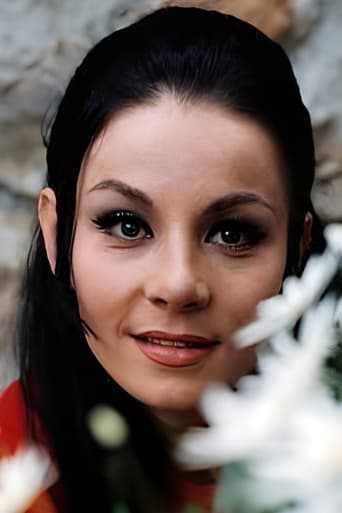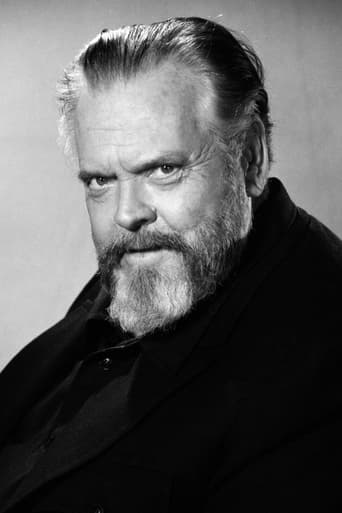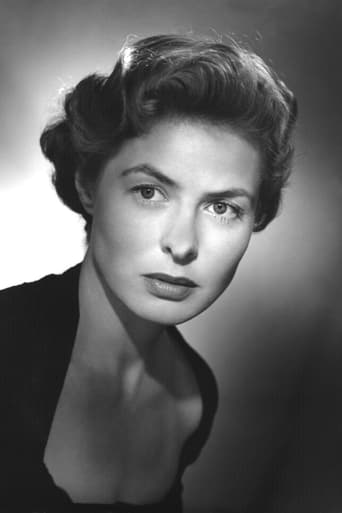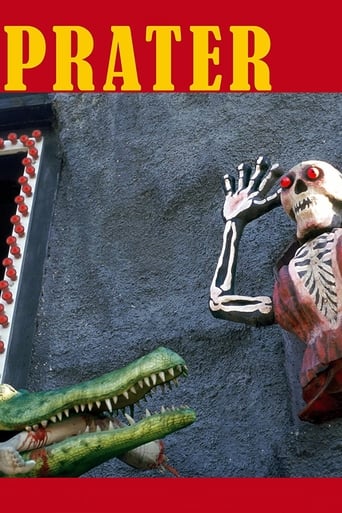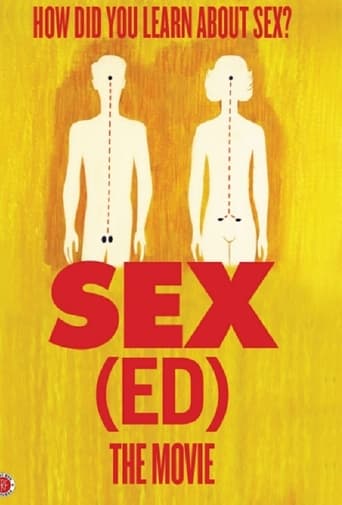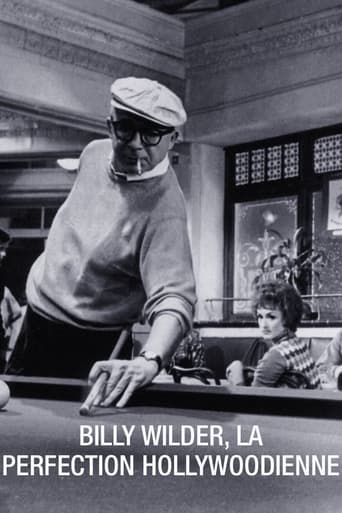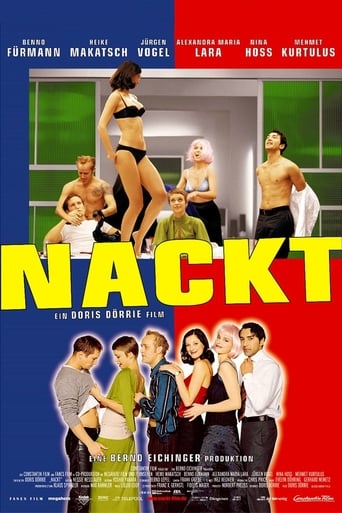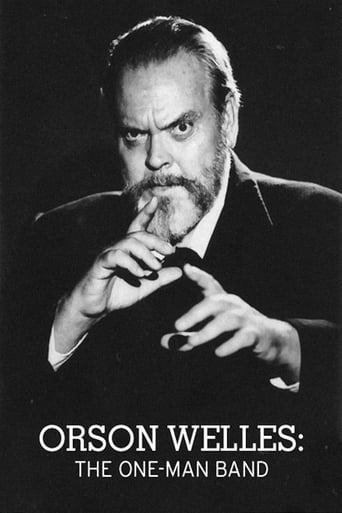
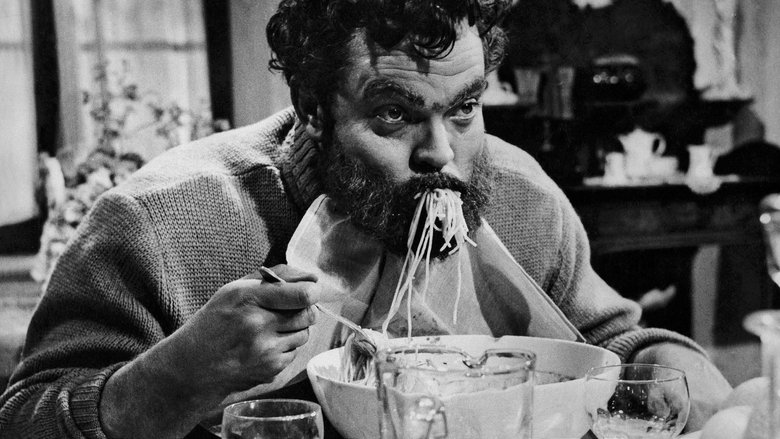
Orson Welles: The One-Man Band (1995)
Orson Welles' archives of unfinished/never released movies and the last years of his life from the perspective of Oja Kodar (life and artistic partner of Orson Welles in his last years).
Watch Trailer
Cast
Similar titles


Reviews
Best movie of this year hands down!
There are better movies of two hours length. I loved the actress'performance.
Great movie. Not sure what people expected but I found it highly entertaining.
The thing I enjoyed most about the film is the fact that it doesn't shy away from being a super-sized-cliche;
This is some clips of unfinished Orson Welles films along with some interview footage of him and his ex lover and some pretentious filler. This includes a fascinating scene from The Other Side of the Wind, some interesting bits from The Dreamers and The Deep, some Moby Dick monologues and some comedic nonsense that is like some weird old guy's home movies.Oja Kodar is engaging as she talks about her time with Orson, but she's apparently also been a major impediment to the finishing of The Other Side of the Wind, and one suspects that a lot of the intent of this film is to put Oja in front of the public, since she Welles was never able to make a star of her. (On the bright side, I think Netflix has managed to get the project of finishing the film going again; hopefully they'll finally do it!)While there are some terrific moments, the presentation is lacking and some of Welles' material is shockingly amateurish.
Gary Graver and Oja Kodar were Orson Welles' constant companions during the last years of his life. Graver was his photography director for American films and Kodar was his live in girlfriend. In One Man Band, the focus is usually on the films Oja performed in. The secondary message seems to be Oja wants fame and recognition because she was Welles' lover and wants to use him as a stepping stone to promote her own success. Shown is an extended promo for F for Fake where Oja is prancing about semi nude or in sexy clothes every minute of the ten minutes or so of the rejected trailer. The film in fact was a boring comparison of a famous art forger and Clifford Irving who faked Howard Hughes' biography. My main disappointment is that more of Welles' legendary unfinished film was not shown, The Other Side of the Wind. The scene shown is a short semi nude clip featuring Oja again. Gary Graver was said to have a complete working print of the movie, but his documentary featured little or nothing from it at all. A truckload of films are retrieved, but Oja claims to have just a few scenes. This is very hard for me to believe, indeed. A complete film from either Graver or Kadar kept separately from the negative stored in a vault in France seems to have vanished.
After watching Orson Welles' first film, the experimental short The Hearts of Age, on UbuWeb, I decided to see the other one under his name there called Orson Welles: The One-Man Band. This documentary was directed by Vassili Silovic with the cooperation of Oja Kodar who takes us through her and Orson's house in search of his unfinished films and other stray materials. Among the most fascinating of those: scenes of The Other Side of the Wind like that of a female reporter interviewing a narcissistic director played by John Huston and his associate played by Peter Bogdanovich or a car scene with a young woman making love to a young man while the driver is being nonchalant through it all, Welles doing a monologue of reading "Moby Dick", and scenes of The Dreamers featuring compelling turns by both Ms. Kodar and Welles. There's also some funny scenes like that of Welles portraying Winston Churchill or the rejected F for Fake trailer where he claims his "War of the Worlds" radio broadcast wasn't a hoax after all! And then there's his acceptance speech at the American Film Institute honors, his performing with Muppets, and some partially funny moments from his Londan-based endeavors that were also fascinating to watch. There's others I haven't mentioned but I'll just say I heartily recommend Orson Welles: The One-Man Band for any of his enthusiasts out there. P.S. I recognized Charles Gray on The Merchant of Venice clips from his work in The Rocky Horror Picture Show and the Bond films, You Only Live Twice and Diamonds Are Forever.
When Orson Welles died in 1985, he left behind him several masterpieces, several interesting failures & countless performances in films of varying quality. He also left a massive amount of unfinished work & the legend of a great filmmaker who peaked early & spent the rest of his career struggling to finish projects, most of which remain incomplete.I'm not sure if this documentary debunks or cements that image, but it doesn't really matter, because the real image one is left with is of a filmmaker as a true artist, experimenting with different techniques & ideas as soon as they occur to him, often abandoning films as one might throw away a rough sketch that doesn't quite work. He carried his editing table around the world with him as a painter might carry his brushes & paint.The real joy to be had here is in seeing these rough sketches - short comic skits, recitals from Moby Dick & Shakespeare, screentests & so on. Even more tantalising are the brief glimpses of larger projects which were unable to be completed - The Deep, The Other Side Of The Wind & The Merchant Of Venice. There's several appearances by Welles himself in various forums - talking at a university, performing magic & chatting with the Muppets.Oja Kodar, Welles' longtime companion & collaborator, takes the viewer through this previously unseen body of work & gives a picture of the filmmaker that is in marked contrast to the commonly held image of Welles as some kind of burnt-out megalomaniac.Underlying this film is a deep sadness at the fact that Orson Welles could have achieved so much more, had he been given the chance & not run into so much bad luck, but it is wonderful that some of his 'lost' films have been allowed to see the light of day.
